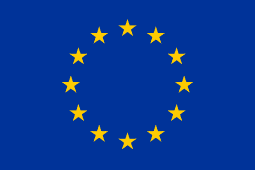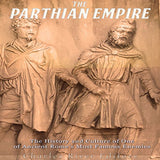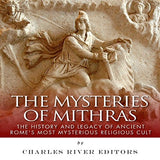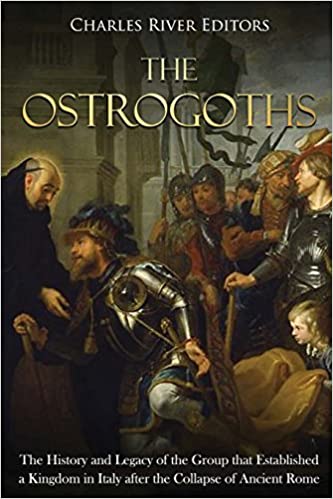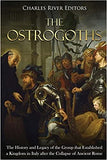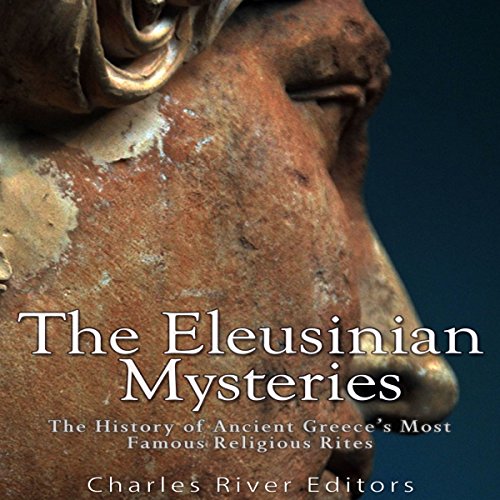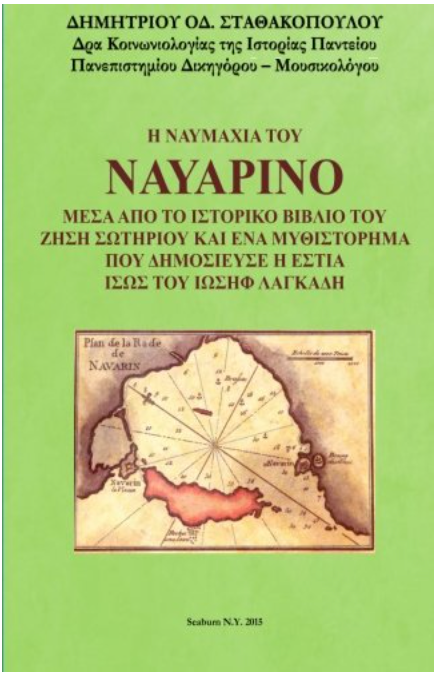The Ostrogoths: The History and Legacy of the Group that Established a Kingdom in Italy after the Collapse of Ancient Rome
ISBN: 9781719223034
*Includes pictures
*Includes online resources and a bibliography for further reading
“These later divided Gotland into three parts, so that Graip the eldest got the northern 3rd, Guti the middle 3rd, and Gunfjaun the youngest had the south. Then, over a long time, the people descended from these three multiplied so much that the land couldn't support them all. So they selected every 3rd person by lot to leave, with the right to keep and take away with them everything they owned except for their land. They were unwilling to leave then, but went to instead Torsburgen and settled there. But afterwards the country (i.e. Gotland) would not tolerate them, and drove them away.” – Jordanes, The Origin and Deeds of the Goths
The birth of Europe as people know it today was hardly an easy and effortless process. The Old World was reshaped by centuries of continuous wars, raids, and the falls and rises of empires. The most turbulent of these events happened at the beginning of the Middle Ages, from the 3rd-7th centuries CE. This was the time when the old slave society gave way to the feudal system that marked the latter Middle Ages, and it was also a period of battles between the Roman Empire and various barbarian groups. The Roman emperors waged wars, made and broke alliances, and bribed and negotiated with chieftains of various “barbarian” tribes to preserve the territorial integrity of their Empires, but the razor-edge division between the civilized world of the Romans and that of the “savages” that threatened their borders was dulling with every decade. In fact, the constant need for army recruits swelled the Roman legions with barbarian foederati , a phenomenon that forced both the Romans and Byzantines to use a very subtle way of pitting the barbarian tribes against each other via diplomatic schemes and bountiful rewards. A new religion was also taking root, and Christianity became a reason for both unification and division as different people adopted different variations of its teachings.
*Includes online resources and a bibliography for further reading
“These later divided Gotland into three parts, so that Graip the eldest got the northern 3rd, Guti the middle 3rd, and Gunfjaun the youngest had the south. Then, over a long time, the people descended from these three multiplied so much that the land couldn't support them all. So they selected every 3rd person by lot to leave, with the right to keep and take away with them everything they owned except for their land. They were unwilling to leave then, but went to instead Torsburgen and settled there. But afterwards the country (i.e. Gotland) would not tolerate them, and drove them away.” – Jordanes, The Origin and Deeds of the Goths
The birth of Europe as people know it today was hardly an easy and effortless process. The Old World was reshaped by centuries of continuous wars, raids, and the falls and rises of empires. The most turbulent of these events happened at the beginning of the Middle Ages, from the 3rd-7th centuries CE. This was the time when the old slave society gave way to the feudal system that marked the latter Middle Ages, and it was also a period of battles between the Roman Empire and various barbarian groups. The Roman emperors waged wars, made and broke alliances, and bribed and negotiated with chieftains of various “barbarian” tribes to preserve the territorial integrity of their Empires, but the razor-edge division between the civilized world of the Romans and that of the “savages” that threatened their borders was dulling with every decade. In fact, the constant need for army recruits swelled the Roman legions with barbarian foederati , a phenomenon that forced both the Romans and Byzantines to use a very subtle way of pitting the barbarian tribes against each other via diplomatic schemes and bountiful rewards. A new religion was also taking root, and Christianity became a reason for both unification and division as different people adopted different variations of its teachings.


